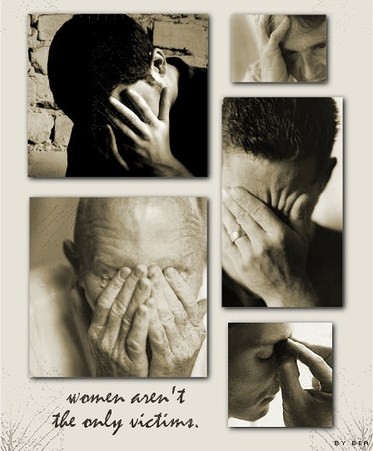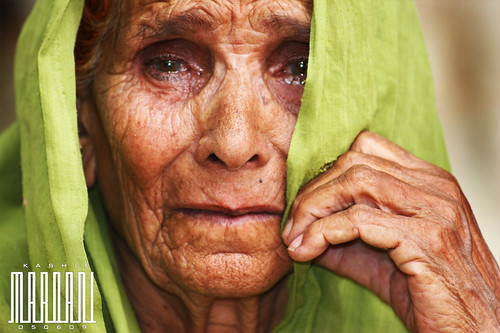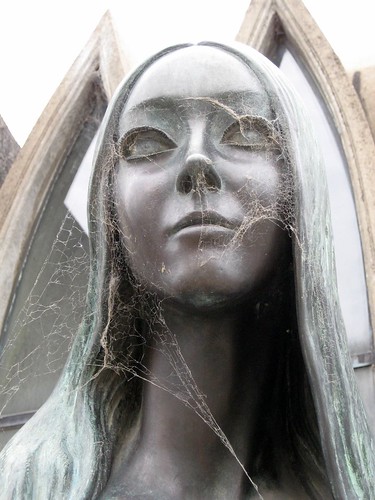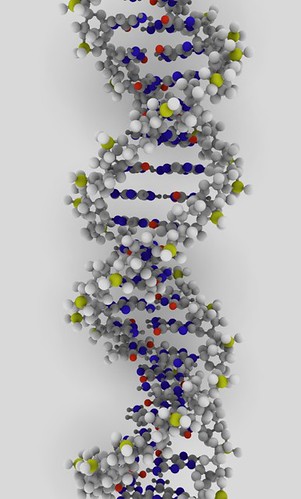 Almost everyone around the globe is aware of the catastrophe that happened in Bhopal but there are a very few people who actually know what were the legal lacunae involved in the Bhopal case. The battle was lost before the trial and the victims were betrayed at every step of legal proceedings.
Almost everyone around the globe is aware of the catastrophe that happened in Bhopal but there are a very few people who actually know what were the legal lacunae involved in the Bhopal case. The battle was lost before the trial and the victims were betrayed at every step of legal proceedings.
The Battle in United States
At that time Indian Law had no provision of punitive damages to effectively deal with the Bhopal Gas Tragedy. The Government of India through an act appointed itself the sole representative of the victims for any legal course with Union Carbide with regard to compensation. The act empowered the government with the exclusive rights to represent and act on behalf of the survivors/victims of the gas leak. The corollary was that the victims could not seek legal redress of their own.
Consequently, the Government decided to approach the U.S. District Court to seek justice. The government justified its stand mainly on three grounds:-
The US courts could grant higher compensation as compared to the one likely to be granted by the Indian Courts.
It believed that the parent multinational company Union Carbide could be tried effectively in US.
The Indian Courts were incompetent to handle mass tort litigation.
Ironically the government ignored the operating principle in US according to which a suit could be maintainable in an American Court only in cases where the damages or injuries occur on American Soil, to American residents or the dependents of American residents. Alternatively, if the prosecution would have proved a design defect in the plant, the suit could have been entertained by the American Courts. But since it was established that the gas leak happened because of poor maintenance, the parent company was not held liable in the US courts.
US Court’s Decision
The US court ruled that UCIL was a separate entity, owned, managed and operated exclusively by Indian citizens in India. Carbide was ordered to submit to the jurisdiction of Indian Courts; nevertheless it could dispute the verdict rendered by the Indian Courts before its domicile courts. Initially the government of India had filled a suit claiming 3 billion Dollars which could have been achieved only through attachment of UCC’s assets in the US.
The Indian Mistakes
A significant order was passed by Justice Deo of Bhopal District court which directed UCC to pay Rs. 350 crores as interim relief. The order being interim could not be decreed. And without a decree UC could and did refuse to pay it.
On February 14, 1989 the Supreme Court directed Union Carbide to pay up US $ 470 million in “full and final settlement” of all claims, rights, and liabilities arising out of the disaster in 1984. The victims and legal heirs of the dead, were not informed before this settlement took place.
None of the courts ever directed UCC to reveal any epidemiological information that it had. It refused to render any toxicological information as it formed an integral part of its “trade secrets”. It denied that the gases released during the disaster could cause any adverse health effects in the victims. Moreover, UCC was never ordered to clear the toxic material present on the disaster site which it could have been under the “polluter pays” principle evolved in Oleum Gas Leak Case.
The SC refused to consider UCC liability as unquestionable and absolute. The principle of absolute liability was never evoked by the SC. According to this theory where an enterprise is engaged in a hazardous or inherently dangerous activity and an accident in such an operation results in the escape of a toxic gas, the enterprise is strictly and absolutely liable to compensate all those who are affected by the accident, and such liability is not subject to any of the exceptions under the rule of strict liability.
SECTION 304 TO 304(A)
Originally the charge sheet was filed under Section 304 of IPC i.e. culpable homicide not amounting to murder specially paragraph 2 which deals with the accused having the knowledge that the act would cause death. The charge sheet clearly stated that the UCC plant in Bhopal was deficient in safety and design measures. It further stated that the management was aware of these defects and their probable consequences but it failed to inform the district administration. In 1996 the two judge SC bench held that the charges under Section 304 were not made out and the accused could only be charged under Section 304(A) for causing death by rash or negligent act. Justice Ahmadi while delivering the judgment observed,
“Even assuming that it was a defective plant and it was dealing with a very toxic and hazardous substance like MIC the mere act of storing such a material by the accused … could not even prima facie suggest that the concerned accused thereby had knowledge that they were likely to cause the death of human beings.”
Hence the diluted charges ensured that accused could now be awarded merely a maximum punishment of 2 years and not 10 years.
How was the UCC benefited?
The long trial benefited UCC in various ways. First of all, the fear of length prompted the government to enter into a swift settlement. Secondly, the adverse public pressure on the government also evaded with time. Lastly, UCC saved interest on the sum it finally had to pay.
Are we still left with a remedy?
1. A curative writ petition must be filed under article 32 r/w 142 of the Constitution to set aside the 1996 judgment; seeking the relief of a fresh trial under Section 304 Pt 2 of IPC.
2. An appeal to the sessions court under Section 377 of CrPc on ground of inadequacy of sentence because of lesser charge under Section 304 A IPC can also be filed.
3. Pursuing Extradition is significant for the effective trial of Warren Anderson.
4. Civil Liability of both the government and the UCC needs to be re-addressed. Cleaning of the affected area, proper medical treatment of the victims and distribution of compensation are some of the vital steps that need to be taken.
Conclusion
Bhopal Gas Tragedy is aptly referred to as the night that never ended. The long legal battle benefited none but the accused. The victims were continuously victimized by the fluctuating judgments rendered in the country. The media, bar, bench, authorities, central and state governments all failed to effectively fulfill their responsibilities.
“The greatest disaster in India was not on day of Bhopal Gas Tragedy but on the occasion, when we failed to protect our own countrymen and decided to sell the living dead to a multinational for some dollars.”
Read more
 “Exorcism of Emily Rose”, a horror classic is based on the true story of Anneliese Michel, a 17 year old girl in Germany who was exorcised by her parents and two priests. She suffered from schizophrenia which could be treated by medicines. But her parents relied on exorcism rituals to cure her. She died after few days of exorcism due to malnutrition and starvation.
“Exorcism of Emily Rose”, a horror classic is based on the true story of Anneliese Michel, a 17 year old girl in Germany who was exorcised by her parents and two priests. She suffered from schizophrenia which could be treated by medicines. But her parents relied on exorcism rituals to cure her. She died after few days of exorcism due to malnutrition and starvation.







